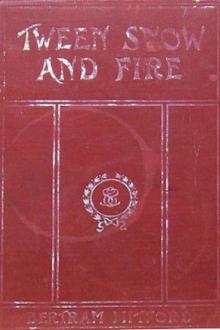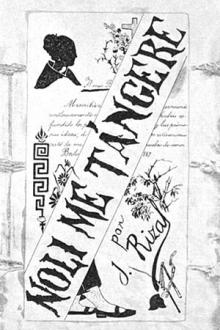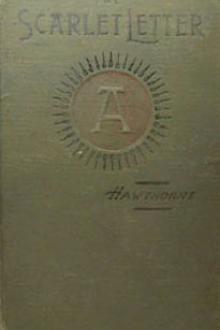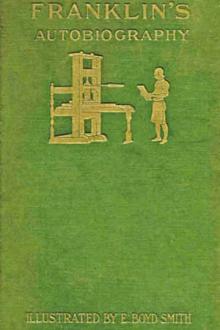Fugitive Slaves
Fugitive Slaves
1619-1865
Mrs. McDougall has drawn together and compared many cases found in obscure sources, and has perhaps been able to correct some commonly received impressions on this neglected subject.Even in its limited range this does not pretend to be a complete work in the sense that all the available cases are discussed or recorded. The effort has been made to use the cases as illustrations of principles, and to add such bibliography as may direct the reader to further details. The appendix of laws is as full as it was possible to make it from the collections in the Boston Public and Massachusetts State Libraries. If the monograph prove useful to the student of American history, it will meet the expectations of author and editor.
Book Excerpt
fugitives have their hair "cutt" close about their ears.[10]
Sometimes the penalties were even more severe, but the processes were much the same. A person who found a slave or vagabond without a pass usually took him before the next justice, who took cognizance of the captor's good service, and certified it in the next Assembly: the runaway was then delivered from constable to constable, until he was returned to his master.
After 1700 the process grows yet more elaborate; for example, take a North Carolina law of 1741. The securer of a runaway was to have seven shillings and sixpence proclamation money, and for every mile over ten which he conducted the fugitive threepence extra. When seized, runaways were to be whipped and placed in the county gaol. If the owner was known, he was notified and went for his slave; if not, a notice describing the runaway must be placed upon the door of the court-house, and sent to the clerk or reader of each church or chapel within the county. They were required t
FREE EBOOKS AND DEALS
(view all)Popular books in History, African-American Studies
Readers reviews
0.0
LoginSign up
Be the first to review this book
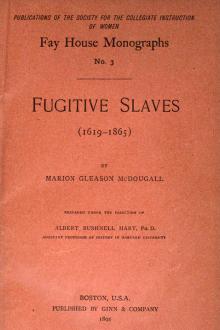
 Free Download
Free Download
















